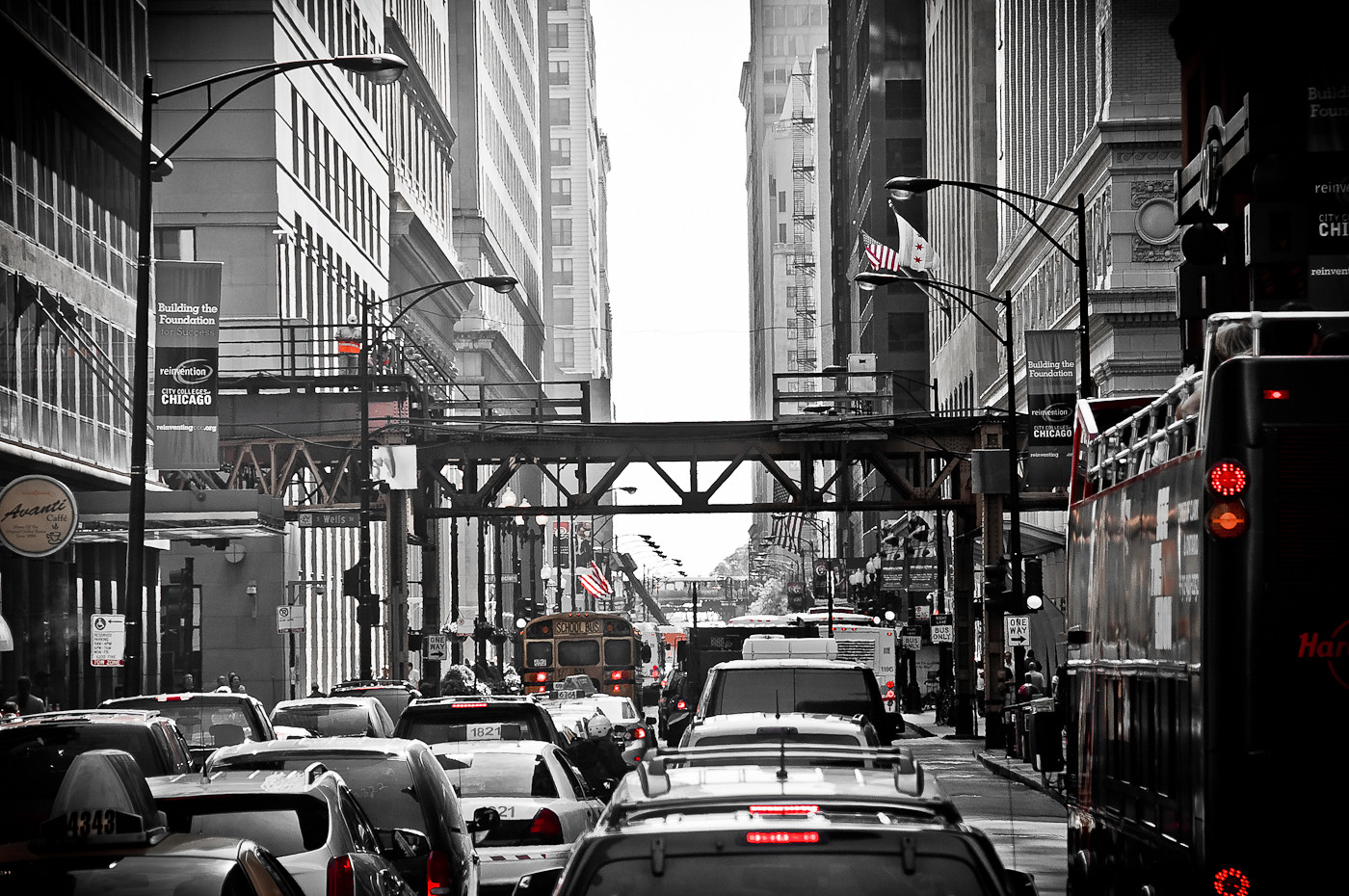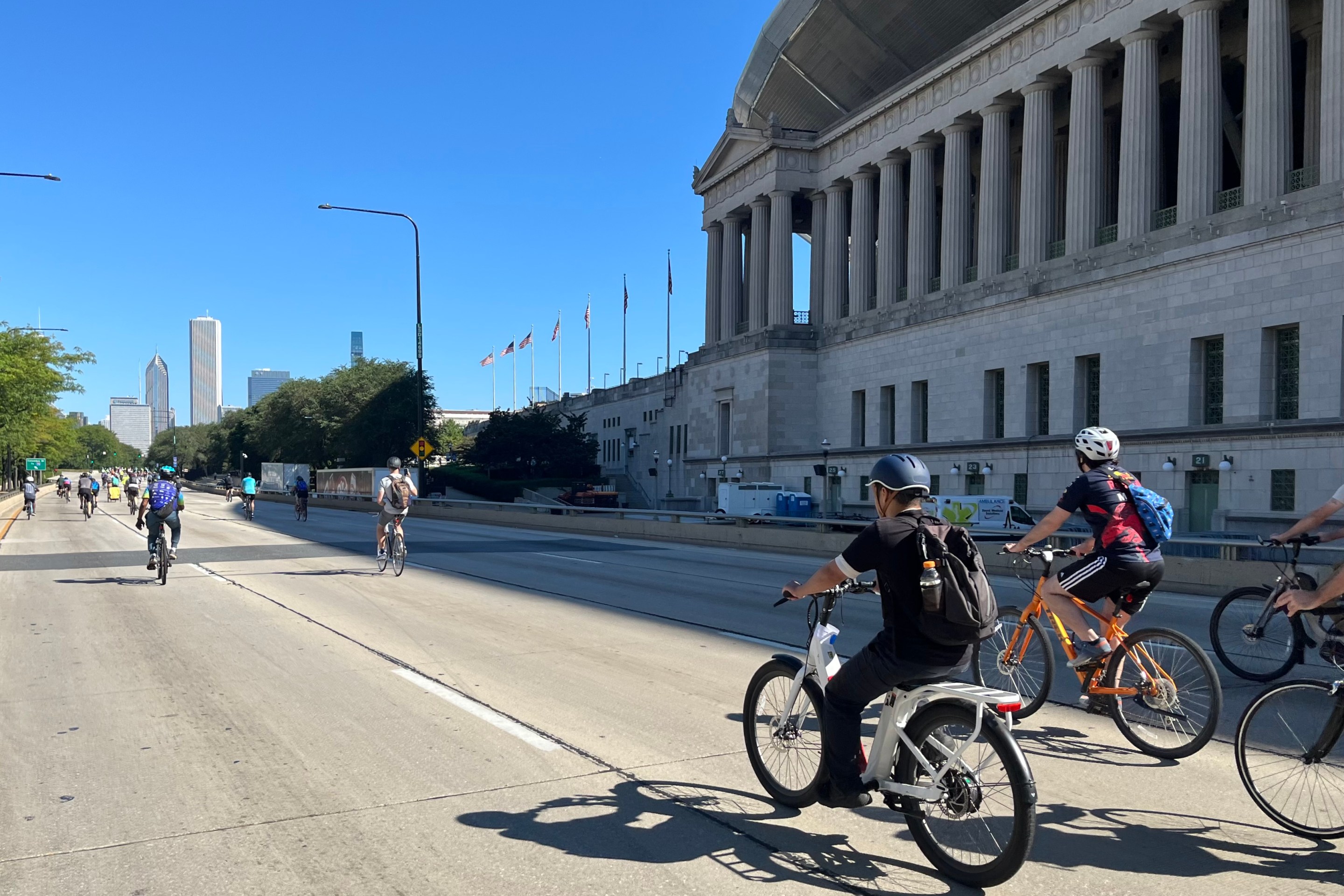Last month high lake levels and brutal waves in Chicago made a hash out of much of the Lakefront Trail, leaving large stretches of the path strewn with busted asphalt. City officials have given up on saving two sandy beaches in Rogers Park from being swallowed up by rising Lake Michigan, instead lining them with boulders in an effort to stem erosion. Property owners in coastal neighborhoods are concerned about the possibility of damage to their homes. Even the future of Lake Shore Drive is in jeopardy.
On Monday, Chicago aldermen acknowledged the obvious: Climate change is an existential threat to our city and our planet. The City Council's Environmental Committee passed a "Resolution Declaring a Climate Emergency and Emergency Mobilization Effort to Restore a Safe Climate." It's a non-binding resolution, but it calls for the Council to work with Mayor Lori Lightfoot to “develop a budget that promotes urgent climate action.” The full Council will vote on the resolution next week.
So this is my lakefront running trail now... #ChiLFT #ClimateChange pic.twitter.com/uOcBMg0BPf
— Kimberly Quinn @kimberlyquinn@mastodon.social (@kimberlyquinn) January 12, 2020
The resolution calls for "a rapid, just, managed divestment and phase-out of fossil fuels; and ending greenhouse gas emissions as quickly as possible to establish a zero-emissions economy." It doesn't make any specific mention of reducing transportation-related emissions.
47th Ward alderman Matt Martin, one of the sponsors of the resolution, told the Chicago Tribune's John Byrne that possible strategies to address the climate crisis include improving Chicago's terrible recycling rate, installing more permeable alleys, and buying more electric buses to cut emissions within the city.
But if City Hall is really serious about taking the bull by the horns when it comes to climate change, bold action is needed to dramatically cut the amount of emissions from cars and trucks, which are the biggest source of greenhouse gases in Illinois. That doesn't just mean switching to electric vehicles. It's going to require policies that will significantly reduce the amount of motor vehicle trips in our city and replace them with sustainable modes like transit, walking, and biking.
These measures won't always be politically easy for city officials, but they'll have the additional benefits of reducing traffic congestion and crashes, as well as related first-responder, healthcare and property damage expenses. Here are a few ideas in addition to speeding up the electrification of the CTA bus fleet:
- A moratorium on widening roads and expanding expressways to make more space for driving, with Chicago applying pressure on the Illinois Department of Transportation in the case of state-controlled streets and highways.
- Eliminate parking minimums for new developments and introduce parking maximums.
- Figure out a way to get out of Chicago's parking meter contract, which limits options for removing curbside metered parking to make room for bus and bike lanes, or at least renegotiate it to allow for more parking spot removals.
- Create rapid bus routes with camera-enforced car-free lanes, prepaid boarding, and other time-saving features on every major multilane street, as well as Lake Shore Drive.
- Implement strategies to increase CTA ridership, such as reduced or free fares for low-income residents, or even universal free fares, and bring back conductors on trains to help promote safe and pleasant conditions for customers.
- Pass a Los Angeles-style sales tax to fund transit expansion.
- Extend the CTA Red Line to 130th Street, and expand the 'L' system in other areas, such as a connection between the Brown Line and the O'Hare branch of the Blue Line via Lawrence Avenue.
- Lobby for the conversion of diesel-powered Metra train lines to electric power.
- Work with Metra to create rapid transit-style service and fare integration with the CTA.
- Follow through on Lightfoot's campaign promise to earmark $20 million a year for bike and pedestrian safety infrastructure, which didn't happen in the 2020 budget.
- Build a continuous grid of protected bikeways, ideally raised lanes located between the level of the street and sidewalk.
Got any other ideas for actions that city officials can take to reduce transportation-related greenhouse gas emissions? Share them in the comments section.






